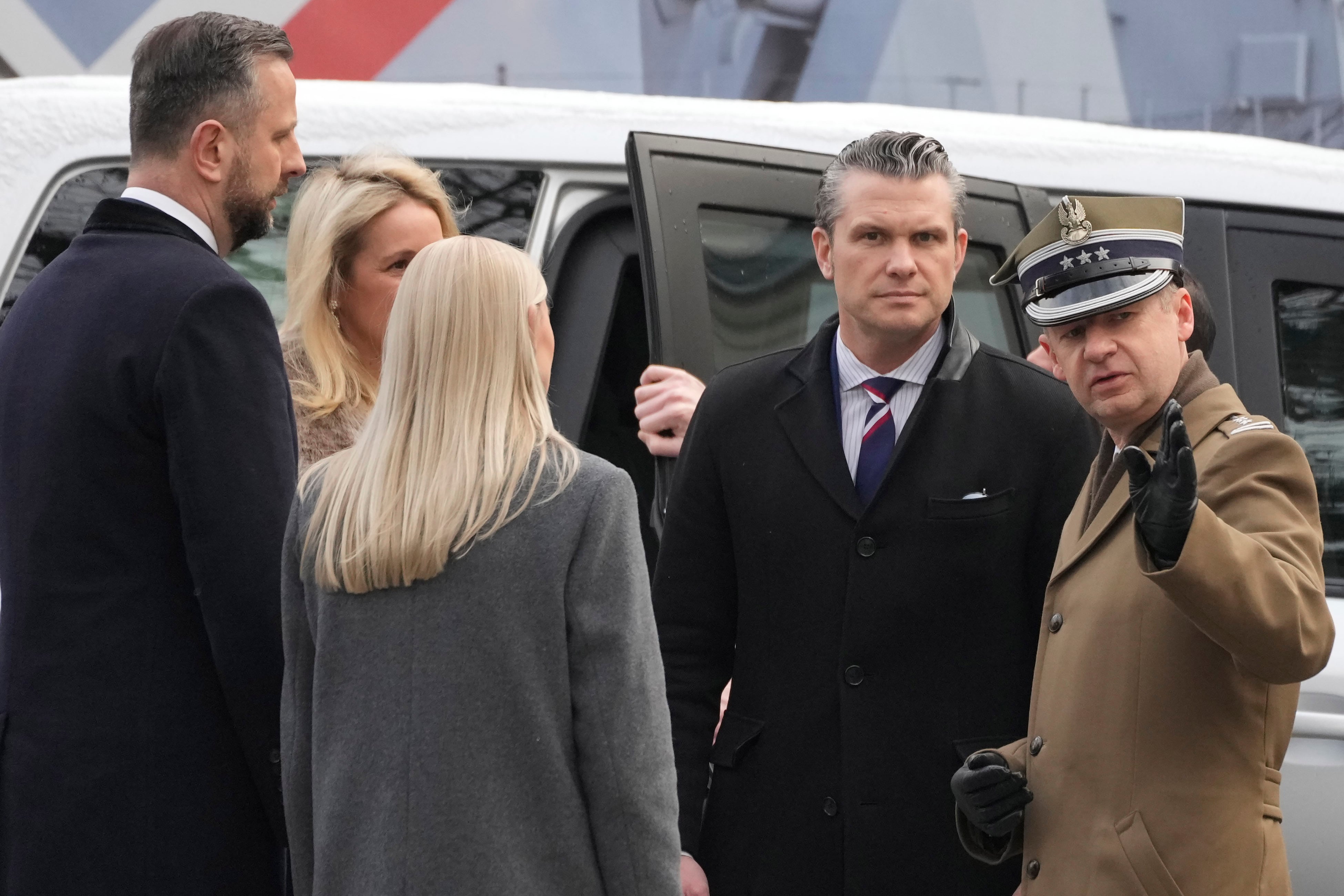One battalion’s work with a handful of old computers is putting infantry squad leaders in the role of an NFL coach with the ability to plan, execute and review an entire mission, complete with instant replay.
The gear, dubbed Tactical Decision Kits, came out of a combination of unused recreation rooms in the barracks, recognition that Marines spent a whole lot of time playing video games and one commander’s move to put the two together to make realistic gaming part of warfighting at the lowest levels.
Lt. Col. Marcus Mainz, commander of 2nd Battalion, 6th Regiment at Camp Lejeune, North Carolina, was tired of seeing the same glazed-over look in the eyes of his junior Marines as they did whiteboard or sand table exercises, coming up with plans for squad, platoon or company maneuvers.
“Every time I see our guys on a terrain model, it drives me crazy,” Mainz said.
He spotted 14 computers being sent to salvage at Quantico, Virginia, and had them gathered up and later loaded with 1990s software for wargaming. That cheap, low-tech gear acquisition allowed some of his officers and enlisted to begin working through virtual battles using both first-person shooter and real-time strategy games.
With the nod from the 2nd Marine Division commanding general and a later partnership with the Office of Naval Research, the low-tech solution got pretty cool pretty quick.
ONR provided drones, 3-D mapping software and Virtual Reality goggles so that Marines could fly off-the-shelf drones to map out areas they would soon be fighting.
A viewer can put on the goggles, which were on display at the annual Modern Day Marine Exposition at Quantico, Virginia, in September, and stand in the middle of the battlefield looking at topographically accurate, scaled terrain and see the location of friendly forces.
Those kits and the motives behind them — providing force-on-force training at the squad, platoon and company level for an affordable price wherever Marines train — got further approval in February when Assistant Commandant Glenn M. Walters directed the Corps to rapidly replicate it.
They can be integrated with the shooting simulators, known as Instrumented Tactical Engagement Simulation System, to track shots fired and hits so that the battle plans can be practice in the field.
Col. Walter Yates, program manager for Training Systems, said the use of the TDK and simulated environments gives Marines real, measurable skills at a lower cost than other methods.
And leaders can see the impact when Marines hit the field.
“When they go to the field to apply what they’ve learned, they maneuver very quickly and aggressively perform reconnaissance,” Yates said. “They find opportunities, and they locate and close with the enemy.”
The systems began deliveries in May. All 24 infantry battalions have a TDK with both a battalion and company version, said Matt Lyman, spokesman for the Marine Corps Warfighting Laboratory.
It costs $273,667 to equip a battalion with a total price tag of $6.6 million for all 24 battalions, Lyman said.
For leaders at all levels one of the most helpful features, Mainz said, is the ability to record, store and reply scenarios.
After Action Reviews have, for time immemorial, been based on short-term memory and the perceptions of those recounting movements in stressful conditions.
But the combination of cameras and sensors captures nearly all.
Squad leaders can review footage of where Marines were moving, how they approached an obstacle and when and how they engaged the enemy to critique and adapt their planning.
“I want to see what you’re thinking and where you’re moving,” Mainz said.
Beyond the virtual representations and sensors, the footage is also captured on individual GoPro cameras and overhead drones.
The drones provide offensive and defensive capabilities, Mainz said. They record the battle as it unfolds but also give Marines opposition as they must react as though it is an enemy drone overhead and find better cover and concealment so they’re not spotted by the eye in the sky.
All of this provides much more realistic training for small-unit tactics than has traditionally been available using age old tools such as terrain models with MRE boxes in the dirt.
Todd South has written about crime, courts, government and the military for multiple publications since 2004 and was named a 2014 Pulitzer finalist for a co-written project on witness intimidation. Todd is a Marine veteran of the Iraq War.




